Ordinarily referred to as “high-quality work,” the glass cleaners ensure a comfortable (at least for the driver’s eyes) and a secure journey. Ultimately, the innocuous “not noticed” is a common underlying factor contributing to vehicular damage, such as scratches, piercings, suspension failure, and, regrettably, accidents. In addition, worn brushes prematurely deteriorate the glass itself, resulting in significantly higher replacement costs than a pair of brand-new “palaces” for any automobile.
Therefore, brushes must be replaced frequently and promptly, especially considering how straightforward this process is and how even a novice driver can perform it. Furthermore, we will advise you on the factors that warrant careful consideration when choosing or substituting.

When should the brushes of the glass cleansers be replaced?
In the climatic and pre-floor conditions that characterize most of Russia’s territory, empirical evidence indicates that the actual duration of impeccable service at “palaces” is between two and three “wet” seasons. Brushes, and more frequently, their working surfaces (gums), must be replaced after that.
Brushes pass over the glass every few seconds during inclement weather, removing not only precipitation but also road reagents, which have an aggressive chemical composition, and dirt (actually, small abrasive particles).
However, the scorching summer days also diminish the “palace” existence. Harmful to the rubber are arid air, ultraviolet light, and heat. Furthermore, rather than road debris, it must used brushes to remove insect remains from the glass. The glass retains patterns after the glass cleaners’ work, which indicates that replacement is necessary—exceptional brushes to remove water with a single or, at most, two strokes. Furthermore, the “palace” is undeniably worn if it fails to glide on the glass but exhibits a distinctive sound or whistles while leaping.

What variety of wipers are available?
The windshield wiper blade is a straightforward apparatus comprising three primary components:
They have specialized polyurethane profile bands. Water and grime are removed from the glass by its edge. Metal strands into the elastic; while they impart glass-like flexibility to the tape, they render it transversely rigid. A mechanism within the frame presses the tape against the convex glass even, ensuring that no areas remain uncleaned by the brush. The lever of the windshield wiper mechanism, which propels the “wiper” along the glass, is attached to the rope.
Indeed, the functioning of windshield wipers is multifaceted, involving elements such as the curvature of the windscreen, the velocity of approaching air, abrupt alterations in the trajectory of the wipers’ shafts, and additional considerations. Creating an effective “windshield wiper” is not a simple undertaking. Presently available are three varieties of brushes, each with its advantages and disadvantages.
Brush frames. The earliest and most reliable brush design involves affixing the elastic band to a network of movable limbs that are interconnected and connected to the leash. Approximately seven mechanisms on a long “windshield wiper” (e.g., on a bus) transmit the force generated by the spring integrated into the leash to the steel strips within the rubber band, causing the steel strips to exert pressure against the glass. Material flexibility allows for metal or plastic levers.
The benefits of frame wipers are that they are universal and less expensive than alternative options. Their design is typically not confined to a particular automobile model; these brushes are simple to replace.

More disadvantages exist. To begin with, apart from the rubber band, the arm connections of these wipers also deteriorate, resulting in compromised brush-to-glass adhesion and suboptimal cleaning performance, even when using an ideal working edge. Other irresponsible motorists utilize their windshield wipers to the point where repositioning them causes the glass to come into contact with the frame.
Second, and most significantly, frame wipers have a high windage resistance to aerodynamic forces. When subjected to high speeds, the airflow can nearly rip them from the glass, resulting in an almost non-existent cleaning efficacy. Engineers are required to implement supplementary devices that diminish lift.
The primary drawback of frame-type brushes is that they perform poorly in the winter, mainly when snow falls. The snow on the glass dissolves as the vehicle’s interior and the glass heat. The water that forms solidifies on the blades, leading to an abrupt immobilization of the frame and elastic band. As a result, the driver must stop, exit the vehicle, and manually remove the ice from the brushes, but this is only temporary relief.
To mitigate this limitation, engineers devised “winter” wipers, which consist of an elastic rubber casing encircling the frame. Ice does not affect it, and the protected hinge joints retain mobility. However, winter brushes are more “minus No. 2” due to the cover; when moving at speed, they exert even more force against the glass than usual.
Without-frame textures. Engineers devised a technological advancement that eliminates the frame from “classic” wipers, thereby mitigating their inherent limitations—the function of an elastic metal adhesive affixed firmly to an elastic band. Initially curved into an arc, this tape straightens due to the force generated by the rope; thus, the entire length of the glass is uniformly pressed against the brush.

However, this is only a theory. In practice, it is more difficult to achieve uniformity with this design; the car glass must be nearly level. Thankfully, contemporary tendencies in automobile design aid in this regard. Due to the incompatibility of the frameless design with lengthy brush lengths, its implementation on vehicles and buses could be more frequent. And proprietors of vehicles with steeply inclined windshields and, consequently, lengthy windshield wipers are more likely than other drivers to express dissatisfaction with the performance of frameless windshields.
A further drawback of the frameless design is the increased cost, notwithstanding the apparent simplicity of the brush. In addition, how it is attached to the leash frequently varies by vehicle manufacturer. However, there are also numerous benefits. Due to its reduced size, a frameless wiper operates with diminished lifting force and produces less noise. Although the freezing issue remains partially mitigated (ice accumulates in the confined space between the metal tape and rubber band), the frequency of brush cleaning.
A hybrid variety of brushes. At first, observed on Japanese automobiles (and manufactured by Japanese auto component suppliers), these wipers are presently gaining prevalence. Structure-wise, hybrid brushes incorporate characteristics of the two preceding varieties.

VTOGOI OEM Quality 17''+17'' Premium All-Season Auto Windshield Natural Rubber J-Hook Wiper Blades(Pack of 2)
Like “frameless” items, they contain an elastic band encased in concave spring metal tape. As with frame brushes, the force from the leash is transmitted to it not at a single central position but at multiple points simultaneously. The frame is also present. However, it is typically composed of plastic and is more straightforward, as its sole function is to assist the main spring. Hybrid wipers are an ideal compromise that effectively balances the merits and demerits of alternative brush types. A more compact frame reduces freezing and improves performance at high speeds. Additionally, its adhesion to glass is superior, particularly to curved glass edges, compared to frameless alternatives.
Nevertheless, the “hybrid” continues to accumulate ice more rapidly. Furthermore, the primary drawbacks are the comparatively excessive cost and the near-impossibility of “rebuilding,” a feature accessible only to the initial two varieties.
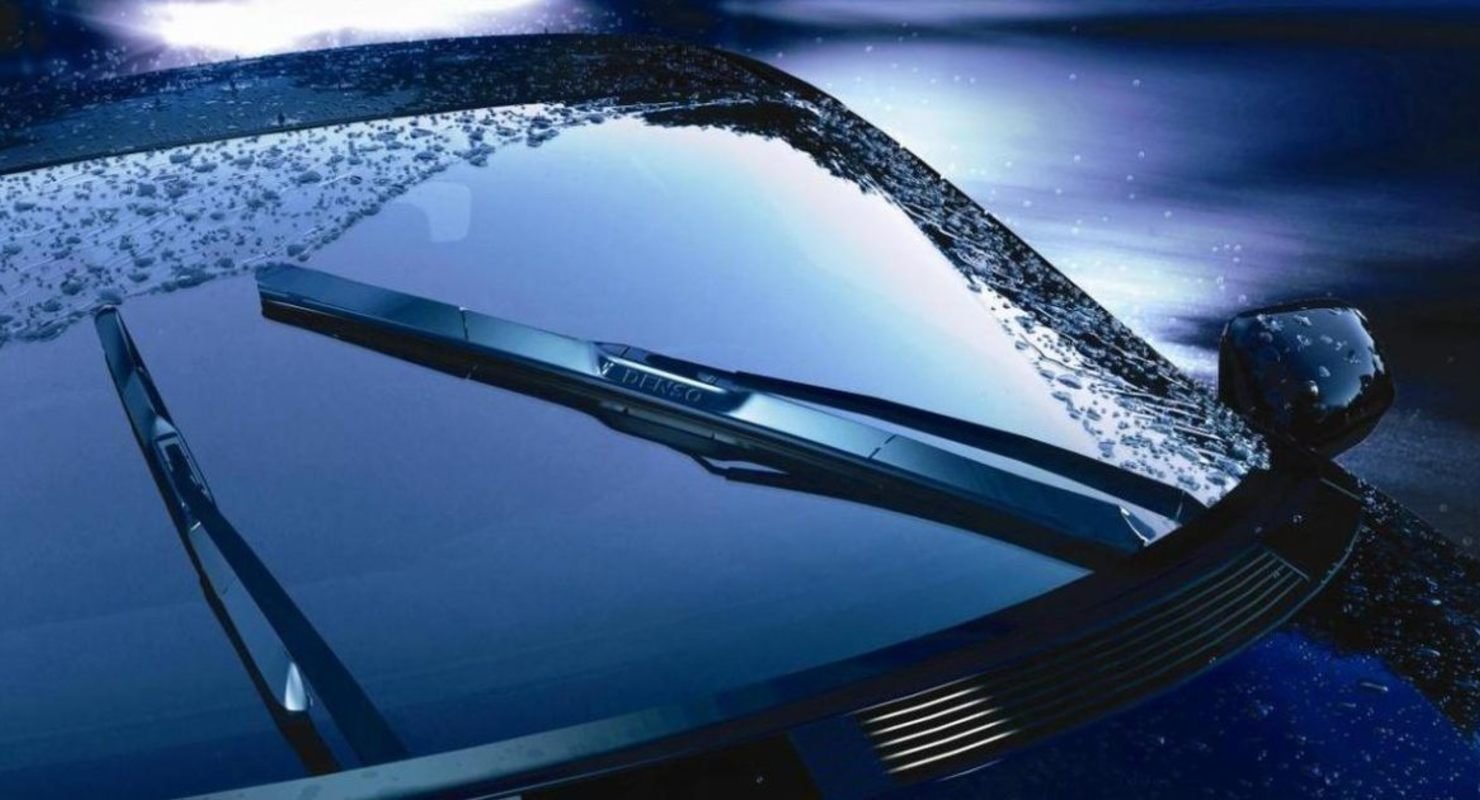



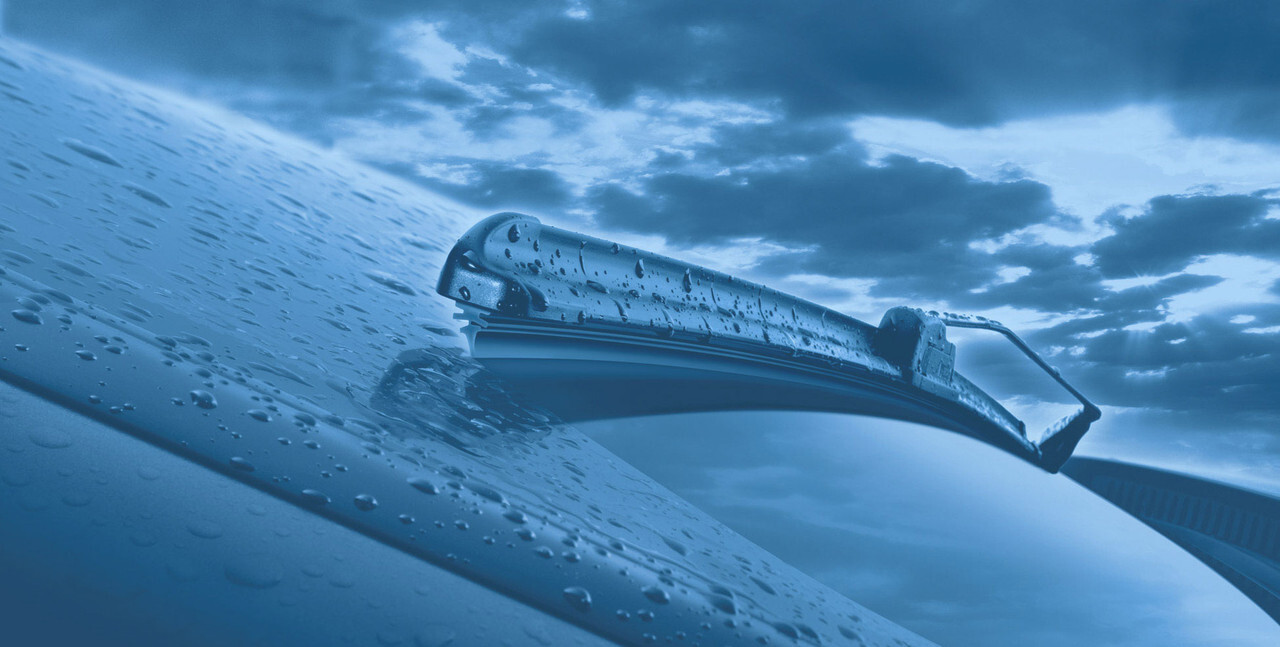 What are wiper blades, and how should one select one?
What are wiper blades, and how should one select one? 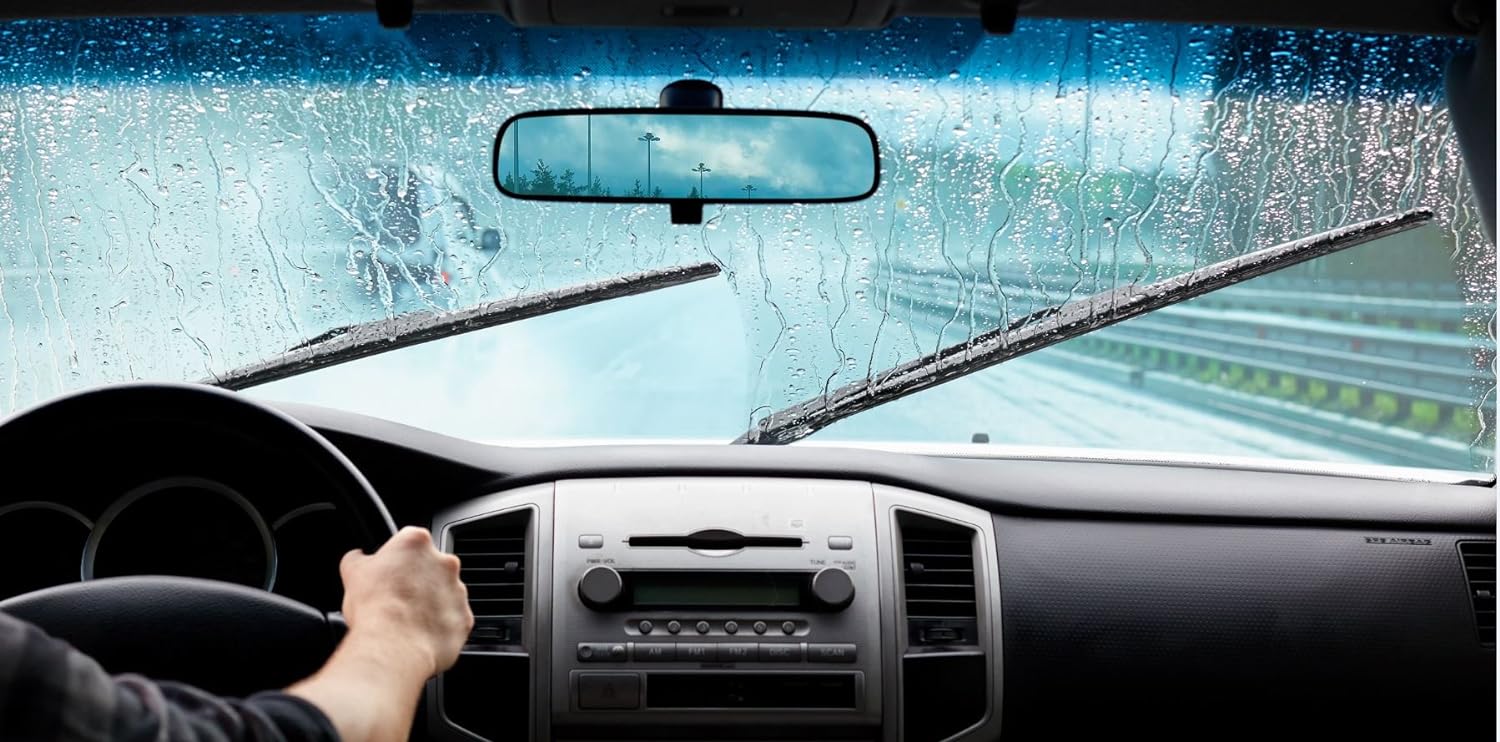 Wiper blades with or without frames: which is better for winter?
Wiper blades with or without frames: which is better for winter? 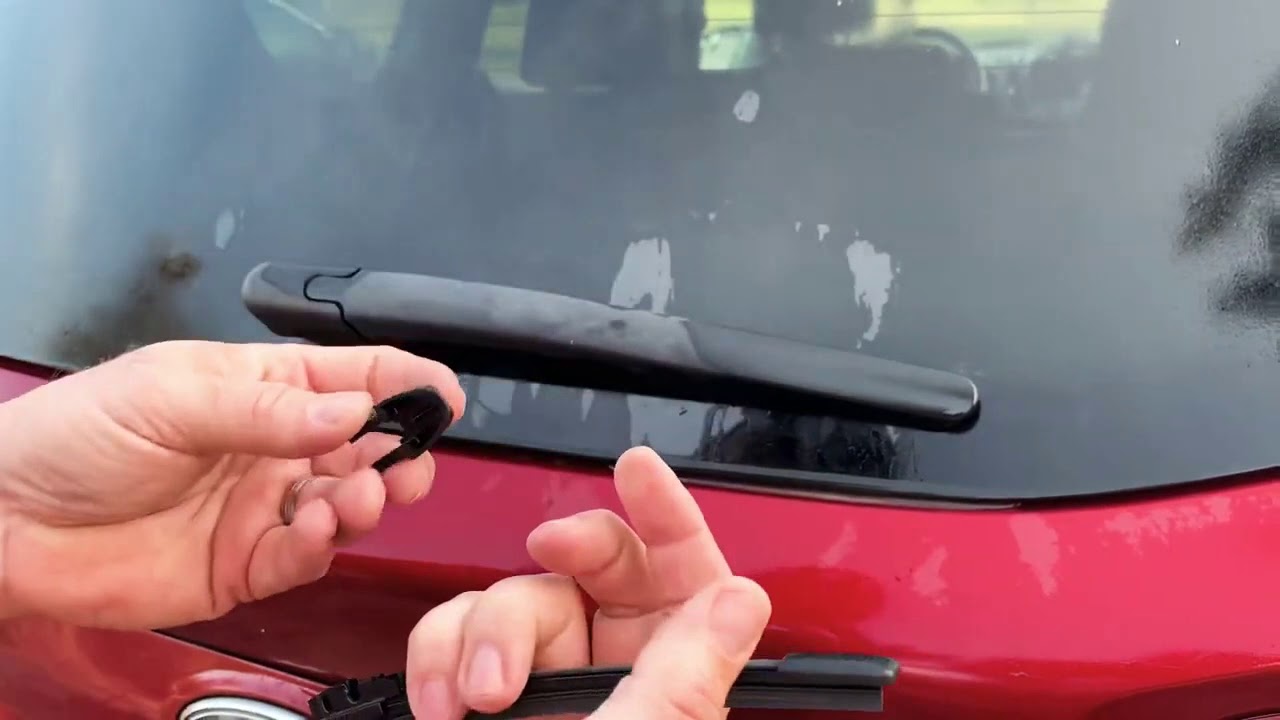 How Effective Is Your Car’s Rear Windshield Wiper?
How Effective Is Your Car’s Rear Windshield Wiper? 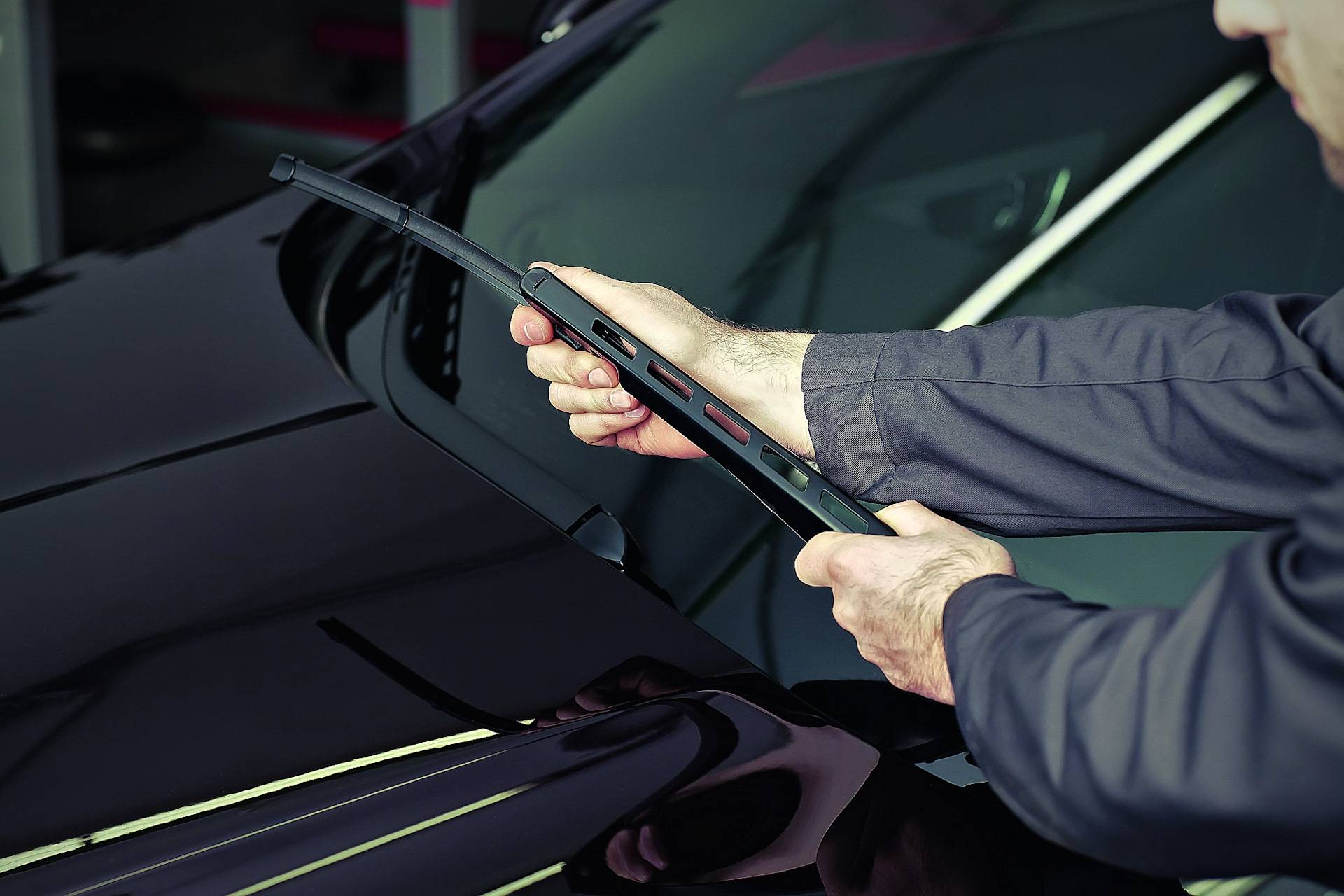 Whenever the wipers are ineffective, how about we see if these can fixed?
Whenever the wipers are ineffective, how about we see if these can fixed? 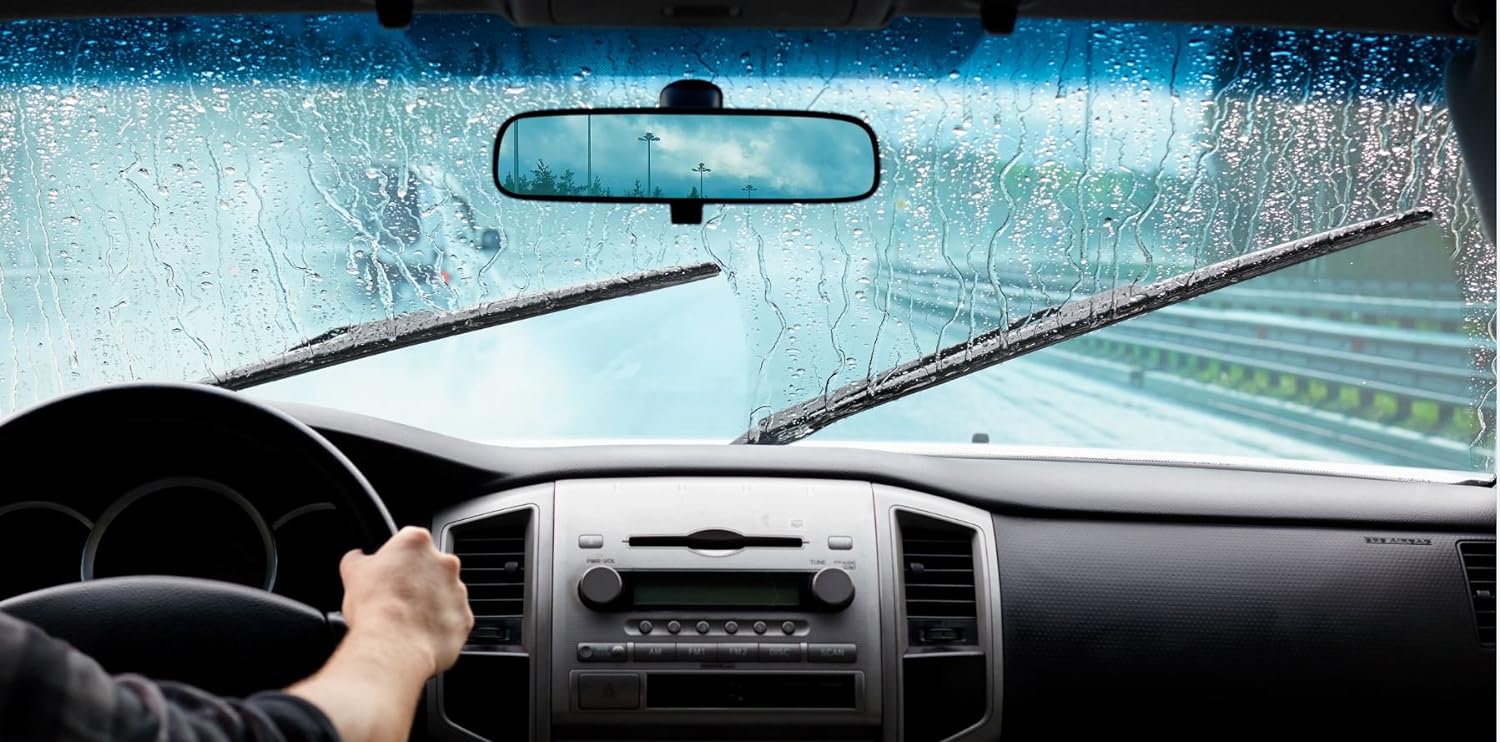 Methods for removing snow from windshield wipers while driving
Methods for removing snow from windshield wipers while driving 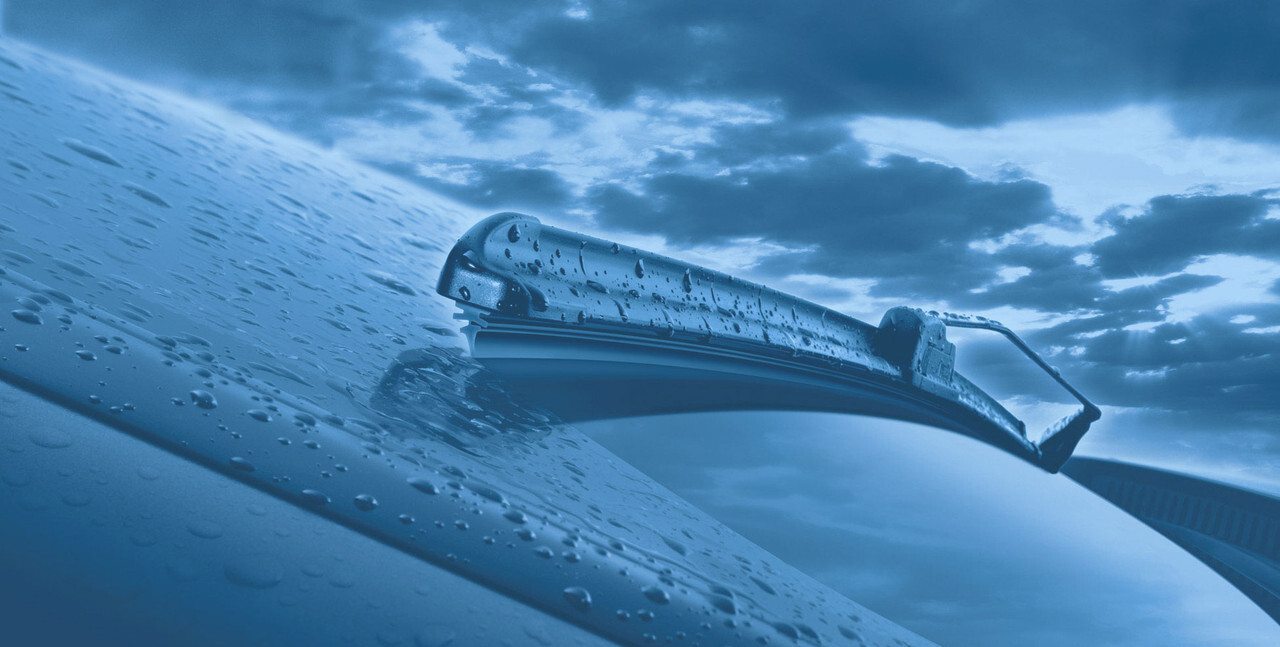 Important considerations when selecting windshield wiper blades
Important considerations when selecting windshield wiper blades